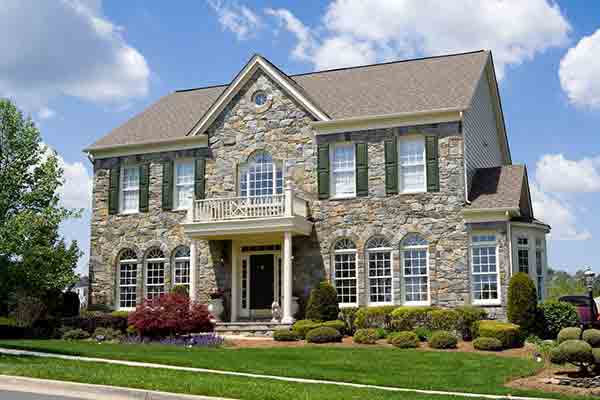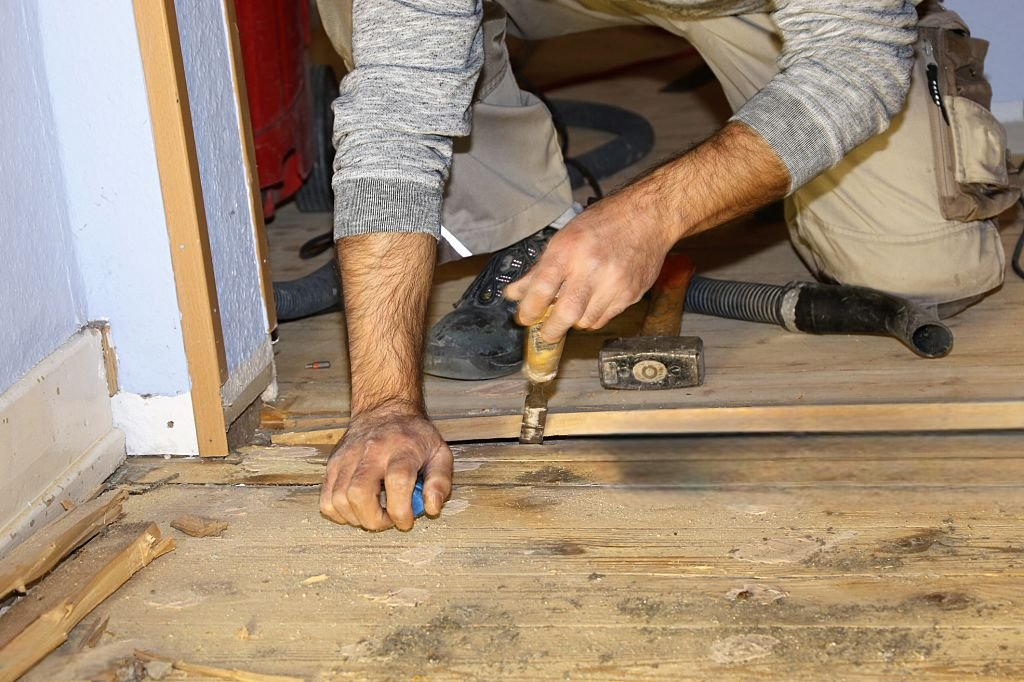Castle Construction A Journey Through Time and Architecture
The construction of castles is a testament to humanity’s ability to shape the landscape, create formidable structures, and blend functionality with grandeur. These architectural marvels have fascinated people for centuries, not only for their monumental size and beauty but also for their role in shaping the history, politics, and defense of entire regions. In this exploration of castle construction, we will journey through time to understand how castles evolved, how they were built, and the purpose they served. Visit My GMB : https://maps.app.goo.gl/FGQEd3w2Q1KB1LXr9
Origins of Castle Construction
The idea of fortified structures predates the medieval castle, with civilizations like the Greeks, Romans, and ancient Egyptians building defensive fortresses. However, the traditional castle as we know it, characterized by its towering walls, moats, and massive keeps, truly began to emerge in Europe during the early Middle Ages around the 9th century. The decline of Roman power and the rise of feudalism across Europe created a new political landscape that necessitated the construction of secure, defensible homes for nobility and rulers.
During this time, the threat of invasions, territorial disputes, and local skirmishes between lords necessitated secure places of residence and defense. Castles quickly became symbols of power and authority in medieval society. From England to France and Germany to Spain, castles were the bedrock of control for kings, dukes, and barons, providing both security and a base for governance.
Motte and Bailey Castles: The Early Designs
One of the earliest types of medieval castles was the motte and bailey castle. This design was simple yet effective, consisting of a raised mound or “motte” on which a wooden or stone keep was built. Surrounding the motte was a larger enclosed area, the “bailey,” which housed buildings for soldiers, workers, and animals. The entire structure was often surrounded by a ditch or moat, adding another layer of defense.
Motte and bailey castles were particularly popular in Norman England, where William the Conqueror employed them to assert control over the newly conquered lands. They were relatively quick and inexpensive to construct, using materials readily available in the surrounding area. The wooden palisades of these early castles would later be replaced with stone as the demand for more durable and impenetrable fortifications grew.
The Rise of Stone Castles
The shift from wood to stone in castle construction marked a major turning point in architectural design and military defense. Stone castles were far more resistant to fire, rot, and siege weapons, making them a formidable challenge for attackers. Building a stone castle, however, required significant resources, skilled labor, and time. It could take years or even decades to complete one.
Key features of stone castles included high curtain walls, which could be several feet thick, and flanking towers, which allowed defenders to rain arrows and other projectiles down on attackers. The keep, or central stronghold, was often the most heavily fortified part of the castle, designed to withstand prolonged sieges. In many castles, the keep was also the residence of the lord and his family, providing them with both safety and a commanding view of their lands.
Architecture and Layout
While no two castles were exactly the same, many shared common features in terms of layout and design, influenced by the need for defense, functionality, and grandeur. The following are some of the most iconic elements of castle architecture:
Keep
The keep, also known as the donjon, was the heart of the castle. It was typically the tallest and most secure part of the structure, built to house the lord and his family. The keep was often multi-storied, containing living quarters, storage rooms, and sometimes a chapel. In the event of an attack, the keep served as the final line of defense.
Curtain Walls
The curtain walls surrounded the castle, serving as its first line of defense. These walls were tall, thick, and often topped with battlements, providing a strong barrier against invaders. Soldiers could walk along the top of the walls to patrol the perimeter and fend off attackers.
Towers
Towers were integral to castle defense, providing elevated vantage points for archers and lookouts. They were placed at key points along the curtain walls, such as corners or gates, and were often circular or square in design. The towers housed defensive weapons like ballistae or catapults and sometimes served as additional living quarters.
Gatehouse
The gatehouse was often the most vulnerable point of the castle, as it was the entry and exit for those within. To fortify it, the gatehouse was equipped with multiple layers of defense, such as a heavy wooden gate, a portcullis (a spiked iron grille), and murder holes through which defenders could drop rocks, hot oil, or other materials onto attackers.
5. Moats and Drawbridges
A moat, whether filled with water or left dry, was another defensive feature, making it more difficult for attackers to approach the castle walls. A drawbridge could be raised or lowered to control access to the castle, adding another layer of protection.
Evolution of Castle Construction Techniques
As military technology advanced, so did castle construction techniques. The introduction of siege engines like trebuchets and battering rams, as well as the invention of gunpowder and cannons, forced castle designers to adapt their methods. Stone walls became thicker, and bastions were added to absorb the impact of cannon fire. The shape of towers evolved from square to round, as round towers were less vulnerable to being undermined by enemy forces.
One of the most notable developments in castle construction was the concentric castle design. This type of castle, pioneered by King Edward I of England in the 13th century, featured multiple layers of walls, with an outer wall enclosing the castle’s inner defenses. If attackers breached the first wall, they would still have to overcome additional walls before reaching the keep. Beaumaris Castle in Wales is a prime example of this architectural advancement, with its symmetrical design and concentric layers of defense.
Life Inside a Castle
Though castles were primarily designed for defense, they were also centers of administration, governance, and social life. A castle was the lord’s home, and it was often the center of his estate, where peasants would come to pay taxes, seek justice, or trade goods. Large castles contained everything needed to sustain life during long sieges, including wells, granaries, and livestock pens.
Life inside a castle was not always comfortable. While the lord’s quarters might be relatively luxurious, with tapestries, furniture, and a hearth for warmth, the stone walls could be cold and damp. The lower ranks of the household lived in simpler quarters, with the kitchens, storerooms, and stables often located in the bailey or outer courtyard.
Feasts and banquets were a central part of castle life, showcasing the wealth and power of the lord. The great hall was the main gathering place for meals, celebrations, and meetings. Entertainment often included music, dancing, and performances by minstrels or jesters.
The Decline of Castle Construction
By the late Middle Ages, the role of the castle as a military fortress began to decline. The invention of cannons and other gunpowder-based weapons rendered traditional stone fortifications less effective. The development of new military strategies and the rise of standing armies further diminished the need for castles as defensive strongholds.
Instead, castles began to evolve into more comfortable and luxurious residences for the nobility. The fortified manor house, which combined elements of a castle with the comforts of a palace, became popular in the Renaissance period. Many castles were expanded or renovated to include more opulent living quarters, elaborate gardens, and decorative features, reflecting the shift from military utility to status symbols of wealth and power.
Castles Today: Preservation and Legacy
Many of the great castles of Europe have survived to this day, either as ruins or restored landmarks. These castles are now cultural heritage sites, attracting millions of visitors each year who come to admire their architecture, learn about their history, and imagine life in medieval times. Some castles, such as Windsor Castle in England, continue to serve as royal residences, maintaining their connection to their historical roots.
The preservation of castles is an ongoing challenge, as the ravages of time, weather, and war have taken their toll on many structures. Restoration efforts, often spearheaded by governments or private organizations, aim to preserve these historic monuments for future generations.
Conclusion
Castle construction is a remarkable chapter in the history of architecture and military strategy. These fortresses, which once dominated the landscapes of Europe and beyond, stand as reminders of a turbulent and fascinating era. While their role as military strongholds may have faded, castles continue to captivate the imagination, symbolizing the power, artistry, and ingenuity of the medieval world. Through careful preservation and study, we can continue to appreciate the lasting legacy of castle construction.


